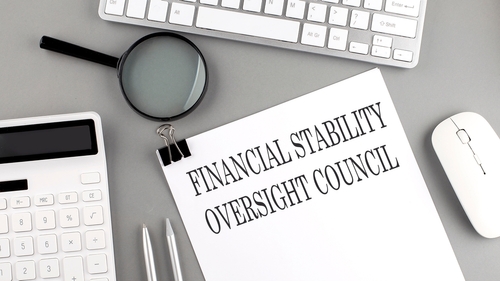The Financial Stability Oversight Council approved its 2022 annual report, which cites both risks to the U.S. economy as well as the resilience of the financial system.

In summary, the report examines financial market developments, describes potential emerging threats to U.S. financial stability, identifies vulnerabilities in the financial system, and makes recommendations to mitigate threats and vulnerabilities.
“This year’s annual report highlights the resilience of the financial system in the face of significant headwinds over the past year,” Secretary of the Treasury Janet Yellen said. “The Council will continue to coordinate to address the risks identified in this year’s report so that the financial system remains a source of strength for the U.S. economy.”
Among the council’s recommendations, it supports the initiatives undertaken by the Securities and Exchange Commission (SEC) and other agencies to address risks presented by investment funds. These include proposed data-collection improvements to Form PF, as well as new rules proposed by the SEC to address the liquidity mismatch in open-end funds and money market funds.
The report also emphasizes the importance of agencies continuing to enforce existing rules and regulations applicable to the crypto-asset ecosystem. The council has identified gaps in the regulation of digital asset activities and recommends the enactment of legislation providing for rulemaking authority for federal financial regulators over the spot market for crypto assets. In addition, the council supports actions to improve data availability for assessing climate-related financial risks and recommends that state and federal agencies coordinate to procure the necessary data.
The report also made recommendations related to cybersecurity, stating its support for partnerships between state and federal agencies and private firms to assess cyber vulnerabilities and further build cyber resilience. In addition, there were suggestions related to Treasury market resilience and the transition from LIBOR.
Finally, the council identified certain vulnerabilities related to the nonfinancial corporate credit sector, as well as the commercial and residential real estate sectors. Further, the council recommends supervisors and financial institutions continue to monitor credit risks and exposures to these sectors.